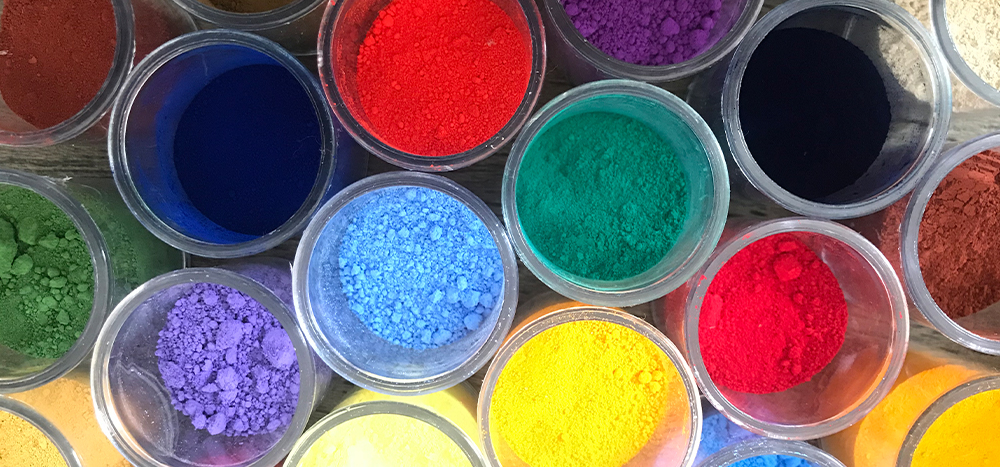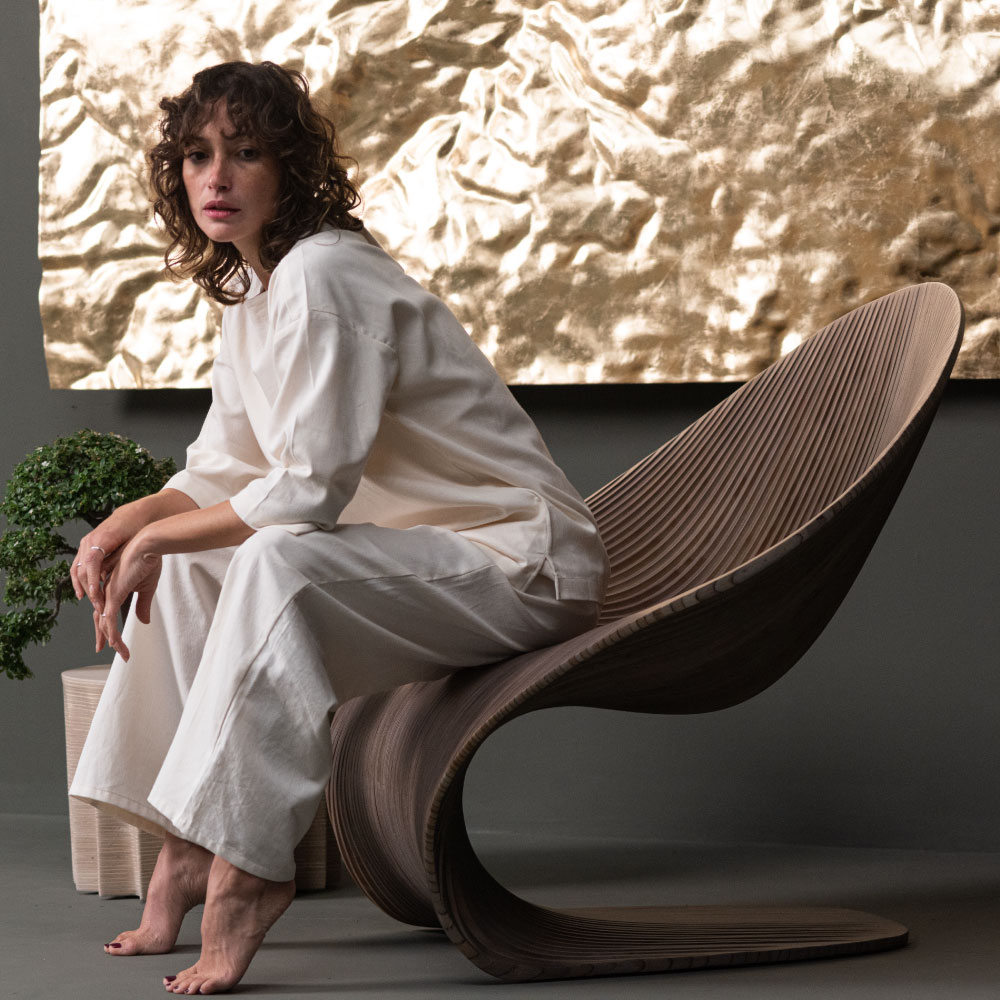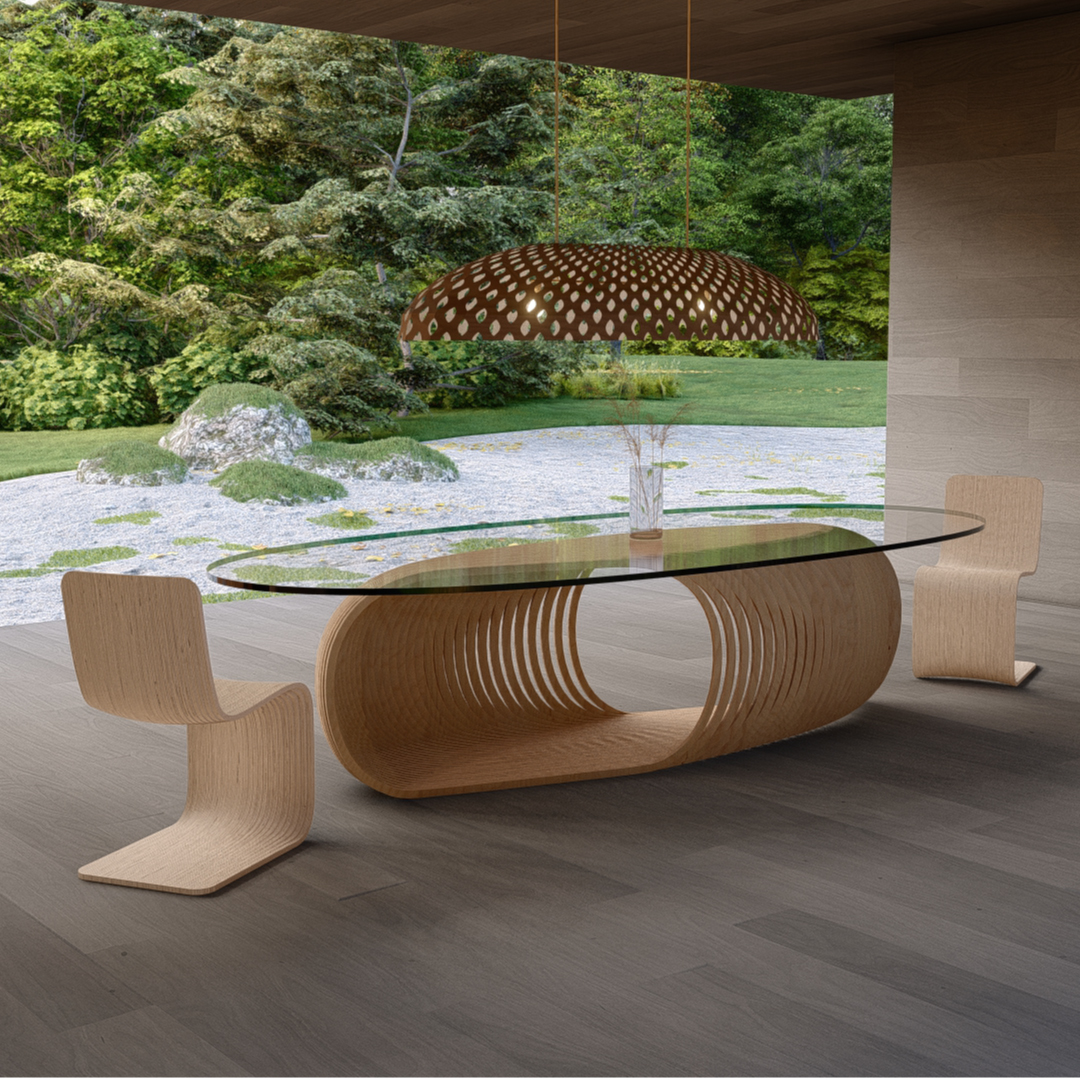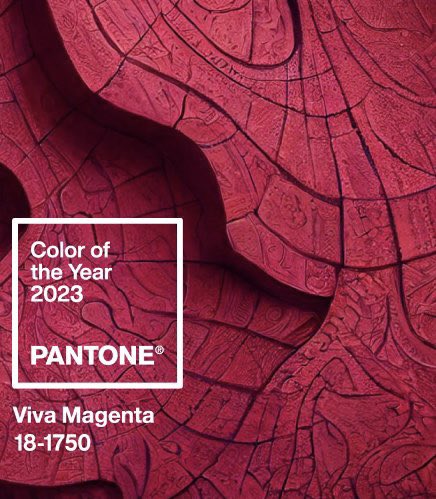Whether it's down to ease or simply not having the time. Some artists, when starting a work of art on a primed canvas, do not dedicate enough time to finding and using the proper tools as a foundation. A common mistake is buying the same fabric for both acrylic and oil paint… oil and water… as they don’t mix on the same surface.
What is acrylic? It is water-based paint made with a coagulant as a diluter, the main colour in a pigmented powder and a type of artificial resin. It can be presented in various ways, it dries quick, it is diluted with water, resistant to light, easily accessible and easy to buy. They’re mostly non-toxic, they paint over most surfaces and upon drying, it is matte and does not change much in colour.
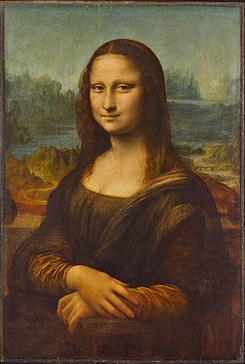
Example of work made using oil paint: Mona Lisa by Leonardo Da Vinci, Oil Paint, Louvre Museum, Paris.
What is oil paint? It is a combination of an oil base; linseed, nut or otherwise, and the powered colour pigment. It is mostly used on a fabric, cotton or linen canvas, as well as on wooden surfaces. To dissolve it, turpentine or linseed oil can be used to help the brush flow better. It’s a slow drying process, does not change colour upon drying, etc.
Why is it that when I cook, if I mix oil with any other liquid, it doesn’t mix? It is the same with art, the prepared pigments do not stick in the same way. That is why, today, we’re able to find a painting from the 15th century that would be in a much better quality than one from the 20th century or even early 21st century. For some, the 20th century was a time of artistic disasters. Many contemporary artists use materials that are not long-lasting, whereas in the 15th century, artists dedicated time towards preparing bases, pigments, varnish; what is needed for a work of art, primarily paint. They are still conserved and only going up in value. We can look back to the Industrial Revolution, which intervened too with the production of paints, resulting in the loss of artisanal tradition. During this time, industrial varnish, paper and a mix of other unstable materials were created which, in themselves, were low in compatibility.
EL AGUA Y EL ACEITE NO SE MEZCLAN EN EL ARTE...
Por la facilidad o por no tener tiempo, algunos artistas al momento de empezar a pintar una obra de arte, sobre una tela preparada, no se toman el tiempo para utilizar los materiales adecuados de base, se comete el error de comprar una tela para acrílico y óleo… agua y aceite… en la misma superficie.
¿Qué es acrílico? Es un temple… hecho con aglutinante (diluyente) a base de agua, color principal en pigmento en polvo y alguna resina sintética. Tiene diferentes presentaciones, se seca rápido, se diluye con agua, resistente a la luz, accesibles en su compra y conseguirlos, no son tóxicos en su mayoría, se pueden pintar casi cualquier superficie, al secarse es mate y no cambia mucho de color.

Ejemplo de una obra en Óleo: Mona Lisa, por Leonardo da Vinci, Oleo, Museo de Louvre, Paris
¿Qué es óleo? El aglutinante a base de linaza, nuez u otro tipo de aceite y los colores son pigmentos en polvo. Se usa la mayoría en lienzo de tela de algodón o lino, o tabla de madera. Para disolverse se usa aguarrás o aceite de linaza, para que fluya más la pincelada. Su secado es lento, no cambia el color cuando seca, etc.
¿Por qué cuando cocino, si le hecho aceite a cualquier otro liquido se separa? Es lo mismo en obras de arte, los pigmentos preparados no se adhieren de la misma forma, por eso hoy podemos encontrar en un museo una pintura de mediados del siglo XV en mejor estado que una obra de del Siglo XX, o inicios del Siglo XXI. El Siglo XX, para muchos fue un siglo de horrores artísticos. Muchos artistas contemporáneos usan materiales poco perdurables; mientras los artistas del Siglo XV se tomaban el tiempo y preparaban sus bases, pigmentos, barnices; lo que hace que las obras de arte, principalmente pintura, se siguen conservando y van ganando valor… Podemos regresar a la revolución industrial, donde se intervino hasta con la producción de pinturas, quitando lo artesanal. Llegaron los barnices industriales, los papeles y la mezcla de otros materiales inestables, que, entre sí, eran poco compatibles.

